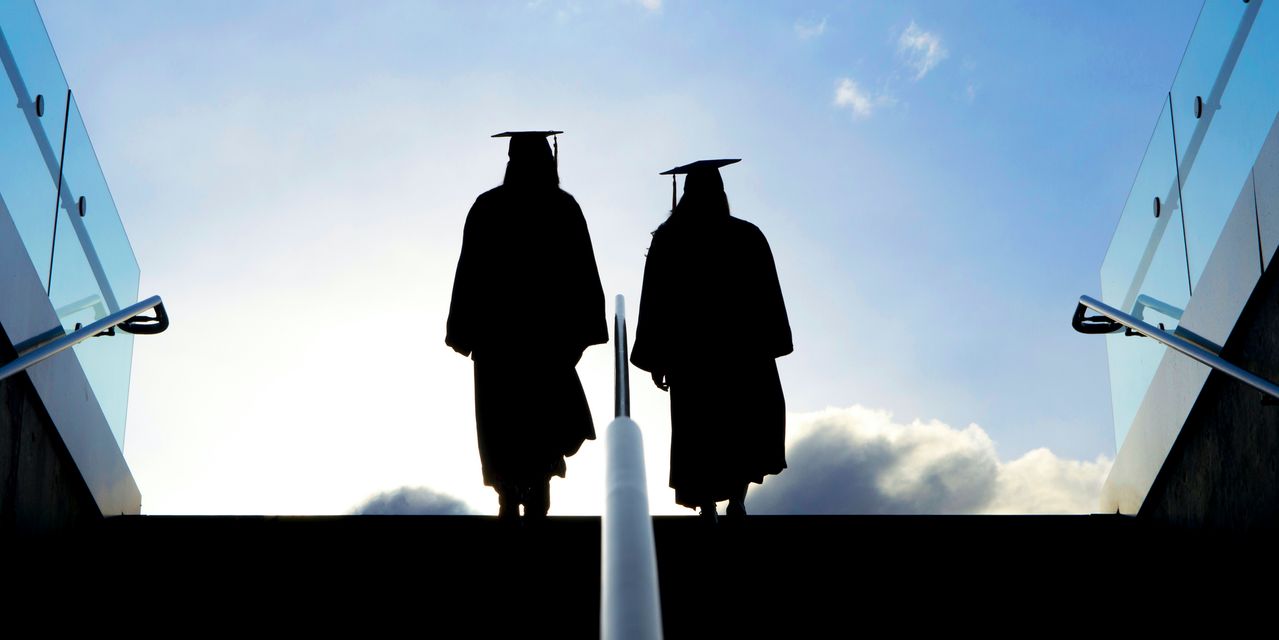
COVID-19 has upended higher education in many ways, not least the admissions process. Colleges have moved to virtual tours and college fairs and, most significantly, test-optional admissions policies.
The result has been a staggering increase in applications to the 50 or so colleges and universities that accept one-fourth or fewer of the people who apply for admission. Applications are up by a stunning 66% to the Massachusetts Institute of Technology, 43% to Harvard University, 51% to Columbia University and 28.5% to Vanderbilt University. Flagship state universities such as Georgia and Virginia are also seeing applications surge.
Colleges have announced record numbers of admitted students of color, first-generation college students and those from low-income families who are eligible for federal Pell grants, meaning their family incomes don’t exceed $26,000. The glut of applications has moved the needle on diversity more dramatically than anything has in years.
In an interview, John Latting, dean of admission at Emory University, shared with MarketWatch the impact COVID-19 has had over the past year on Emory. The Atlanta-based university ranks in the top 25 U.S. universities in several rankings. Latting, a Stanford University grad who earned his PhD at UC Berkeley, served as Johns Hopkins’ dean of undergraduate admissions before coming to Emory.
His take: While Emory hasn’t decided whether to make test-optional admissions permanent, he expects most private, selective institutions will. “My prediction is that a majority will remain test optional,” he said, though he thinks many top state universities will go back to requiring the tests. “I think for me personally and I suspect my counterparts, it has been eye-opening what happened on the applicant-pool side.”
Emory received a record 33,780 applications for its class of 2025, 18% higher than last year and up 67% from five years ago. Emory accepted about 20% of its applicants this year, while Harvard, Princeton and Columbia’s acceptance rates dropped below 4%, meaning they accepted one person for every 25 who applied.
Those rock-bottom acceptance rates often discouraged many bright, high-performing students from applying, because they thought they had no chance of getting in. But when schools went test-optional, many apparently decided to go for it and for some, it paid off big. That may be so for schools like Emory, too.
“The applicant pool was much more diverse, really in a stunning kind of fashion, with respect to family income, race, ethnicity,” Latting said. “If you look at family income or measures of socioeconomic status, educational attainment, we admitted more students at the low end of that distribution this year. And when I say low, I mean the tail end of the low, really, really broadened the base. And that was eye-opening.”
The pandemic also halted the endless series of high school visits by road-warrior admissions officers. By going virtual, colleges reached dozens of high schools that were never on their radar screens, contributing to a much broader applicant pool, Latting said. Students from an additional 724 U.S. high schools applied to Emory this year.
It also freed admissions officers to pore through the deluge of applications. Latting said the task was demanding but not overwhelming. “We just had to do less other stuff and make reading applications a larger percentage of our work than we had planned,” he said, adding that the school’s admissions committee discussed 80% of the applicants.
So why keep standardized tests at all? “What I find valuable about them is that they have modest statistical significance in predicting future academic success,” Latting said. Emory includes test scores, along with grade-point-average and number of advanced placement-level high school courses a student takes, in its academic ratings. Latting and his peers in higher education know well that kids from private and top public high schools often get thousands of dollars’ worth of test prep and take the test many times, while kids from low-income backgrounds don’t.
Still, kids who submitted test scores had a clear advantage: About half of Emory’s applicants submitted scores, but 68.5% of those admitted did. At the most selective colleges, 60%-70% of admitted students submitted scores.
When the pandemic is over, Latting said he doesn’t expect things to go back to normal. Emory will likely provide a mixture of in-person and virtual high-school contacts in the future. As for remaining test-optional, he said, “Clearly the effect on the applicant pool was fantastic — really, really exciting. But how well were we able to identify academic talent and measure academic preparation? How well are students going to do once they enroll at Emory? That is unknown.”
Right now many schools have extended test-optional policies for another year or two. If kids who didn’t submit test scores do fine in their freshman year, colleges will weigh what Latting calls the “modest” predictive value of standardized tests against the “exciting” or “eye-opening” increases in diversity the test-optional policies brought. If I were a betting man, I’d put my money on change.
Howard Gold is a MarketWatch columnist. Follow him on Twitter @howardrgold1. No-Nonsense College appears monthly.







